Open Tank Level Measurement using DP Transmitter
The figure above illustrates an application where the level value is inferred from a pressure measurement. When the level is at the same elevation point as the measuring instrument, atmospheric pressure is applied to both sides of the pressure transmitter and the measurement is at ‘zero’ reference level.
When the level in the tank increases, the force created by the hydrostatic head of the liquid is applied to the measurement side of the transmitter, resulting in an increase in the instrument output. The instrument response is caused by the head pressure is used to infer a level value.
The relationship between pressure and level is as mentioned earlier, P = ρ • h • g. Note that any changes in atmospheric pressure does not affect the measurement because the changes are applied to both sides of the pressure transmitter.
if we are using DP Transmitter then the HP side is connected to the tank tapping point and LP side is vent to atmosphere or we can use a pressure transmitter also.
The DP Transmitter calibration parameters will vary depending on installation & seal system also. Generally we can see three possibilities of installation of a transmitter.
They are :
- Transmitter installed Exactly at tapping point ( Ideal & preferred way of installation)
- Transmitter installed above tapping point ( Not preferable, Chance of bubble formation)
- Transmitter installed below tapping point (Error can be compensated effectively)
So we have to calibrate the transmitter depending on the type of installation in the field. The calibration formula will vary slightly depending on the installation.Every transmitter have two important parameters, they are Lower Range Value (LRV) & Upper Range Value (URV). We have to calculate the LRV & URV values based on type of installation. The below figures with formulas dictates the calculations. After calculating the values, configure the same parameters in the transmitter using HART communicator.
Here we are discussing two types of seal systems : with seal & without seal,
With Seal System : The impulse line is filled with special fluid like with glycerine, glycol etc
Without Seal System : Tank / Vessel fluid will be filled with the impulse lines
Configuration for Open Tank Level Measurement
Normal installation (Transmitter mounted leveled with min. level tap)
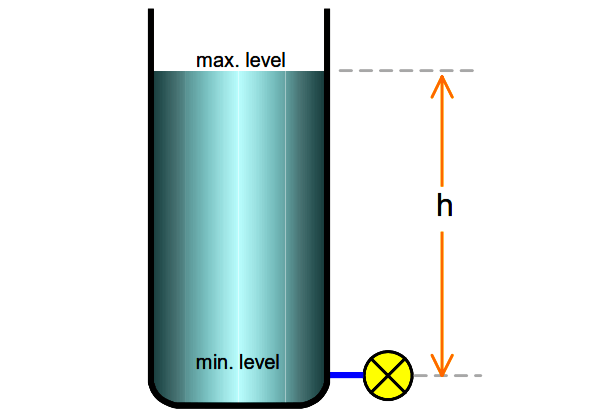
Regardless of whether with/without seal system;
Span = ρp • g • h ,or alternatively, Span = SGp • h
Elevated-Zero installation (Transmitter mounted above the tapping point)
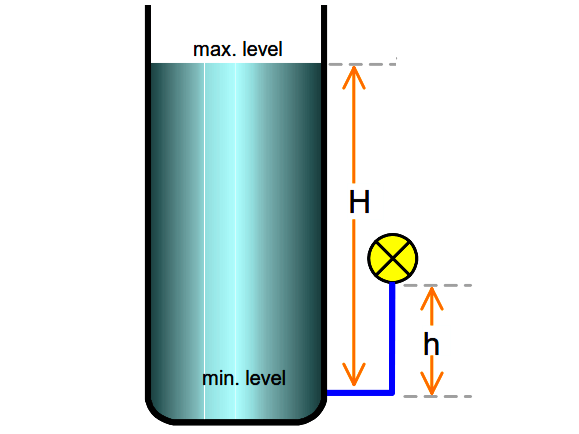
With seal system;
Zero Elevation = − ( ρf • g • h) , or, = − (SGf • h)
Span = ρp • g • H , or, = SGp• H
Without seal system;
Note that this configuration is not advisable, because the transmitter tends to be unstable when the liquid level gets below the transmitter level – causing bubble trap, unless seal system is used.
Therefore, for calibration;
4mA (LRV) = Zero Elevation
20mA (URV) = Span + Zero Elevation
Suppressed-Zero installation (Transmitter mounted below the tapping point)
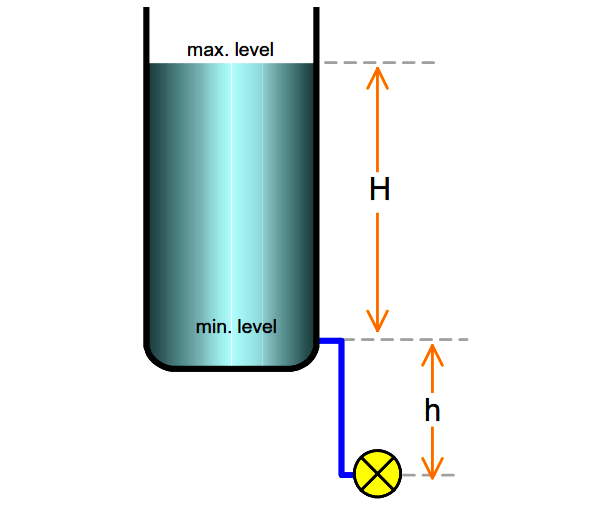
With seal system;
Zero Suppression = ρf • g • h , or, = SGf • h
Span = ρp • g • H , or, = SGp • H
Without seal system;
(the transmitter leg is assumed to be filled with process fluid at all time)
Zero Suppression = ρf • g • h
Span = ρp • g • H , or, = SGp • H
Therefore, for calibration;
4mA (LRV) = Zero Suppression
20mA (URV) = Span + Zero Suppression
NOTE:
ρp = density of process liquid in the tank
SGp = std. gravity of process liquid.
ρf = density of fill-liquid in the tubing
SGf = std. gravity of fill liquid
H = Tank Height ( measured level)
h = transmitter installed height from the HP tapping point
Article Source : N. Asyiddin
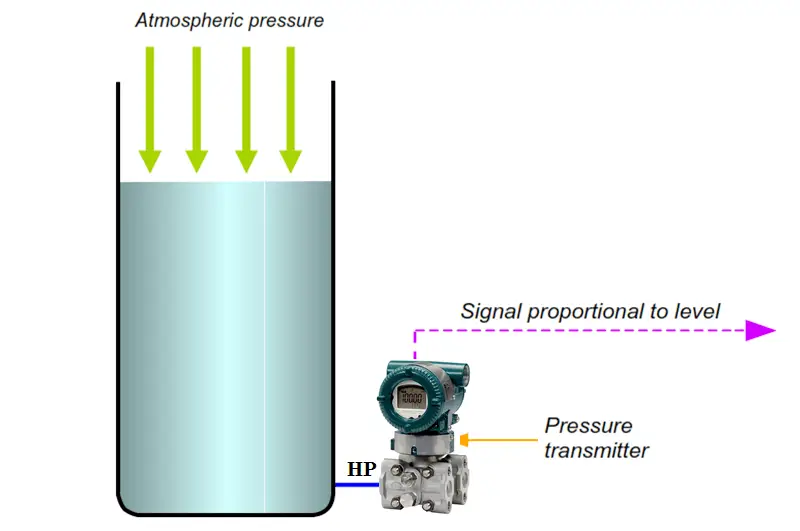
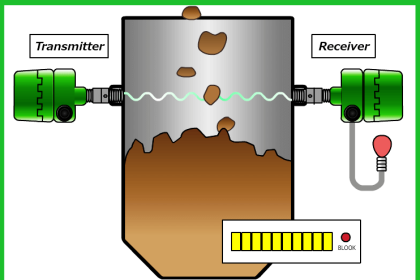

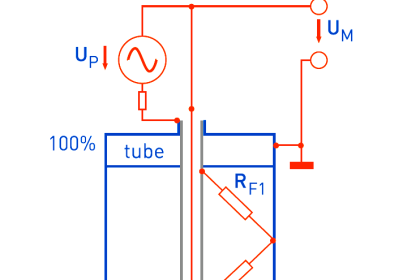
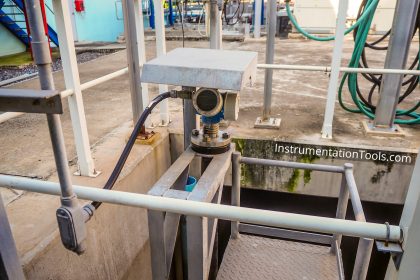

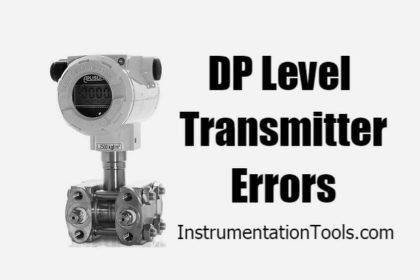
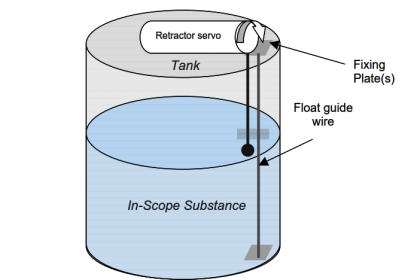
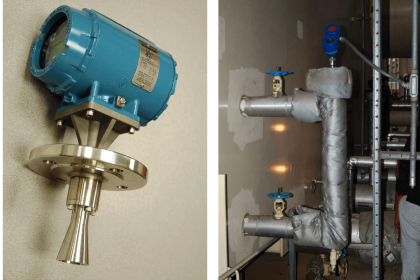
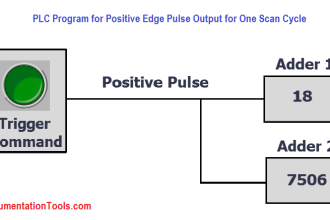
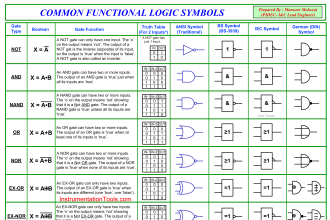
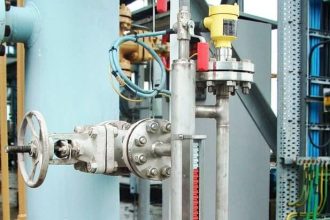
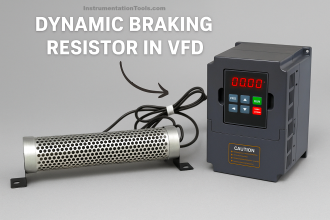
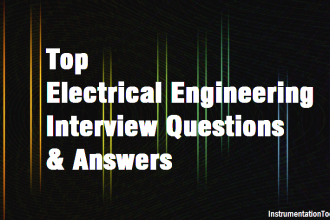


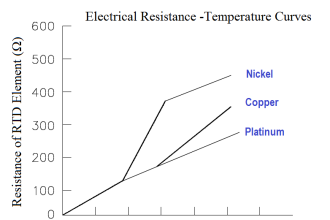

how far from the tank can you install the pressure transmitter ?
Plz.show a complete example with value
the figure is confusing when comparing to the abbreviations in the questions